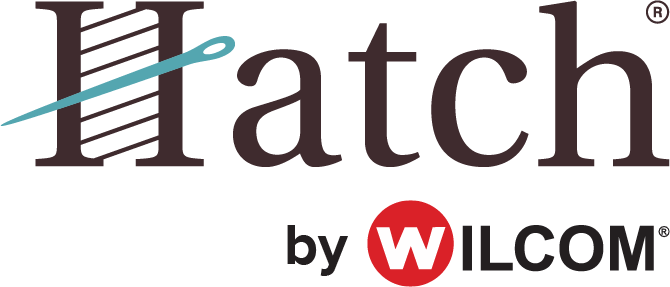
These were the first machines to accurately and quickly create a chain stitch which imitated the work done by hand on a tambour frame. The patent was eventually acquired by Ercole Cornely in Paris, who made improvements by developing a hook-shaped needle that could create a line of chain stitches. With that history in mind, now enters the star of our show…. After receiving his patent, he sold it to the firm Hurtu et Hautin in Paris, who were well known for making cording machines and produced bicycles and, later, motor cars. Basing his invention on Thimonnier’s sewing machine but also solving design problems, he obtained the patent for his machine called “couso-brodeur”, meaning “sewing embroidery” in 1863. As he worked with the hand-embroiderers, he was compelled to think of ways to reproduce their handiwork with a machine. Joseph Jacquard developed his loom in 1800, and Barthelemy Thimonnier invented the sewing machine in 1825.Īttracted by these machines, Antoine received work as a mechanic in a silk factory. As a child, school was not compulsory, and he amused himself by tinkering with machines and creating things such as a wooden clock, cutting the gears en mass. His family had a history of gun-making along with other machinery.

#Wilcom hatch image not in hoop free#
Choose from a variety of placements – Free or fixed, circle or arched, upright and even free form are just the start of baselines you'll find yourself using.Ĭustomize your lettering further by adding ‘lettering art' styles which will distort your lettering by making it arch, compress, stretch or bulge- giving you the ability to manipulate your designs to your liking.

Lettering shapes and layouts are what give your lettering unique shapes and structures. Go one step further and choose your layouts with multiple baselines. Choose your own Layouts with multiple Baselines Manipulate your lettering in multiple ways right on screen including: adjusting spacing, scaling lettering, and reshaping your letters to create your own personalized design. Spread your letters apart with the spacing tool.Įdit your lettering using the “Select and Re-Shape Object” tool. Adjust your lettering width to make it bolder, or slant them to give an italicized look. Select from the 60 included fonts or convert your own TrueType or OpenType fonts. Using a built-in “Embroidery Library”, Monogrammer makes it simple to add custom lettering to your designs. Lettering doesn't need to be basic! Do it your way with Hatch Monogrammer.
#Wilcom hatch image not in hoop professional#
Professional Looking Lettering at Home Create and Re-Shape Lettering Keep track of all your file folders and locations within your “Embroidery Library”. Hatch Embroidery Basics supports multiple formats including PCS, PES, VIP, JEF, SEW, DST, EXP and many more to ensure that you get the most out of existing designs. Use the files straight from your embroidery library and save them to and from the. Work without limitations… Convert your outline or stitch files with the click of a button so you have maximum accessibility. Use the built-in “Embroidery Library” to organize your embroidery designs for easy searching and browsing – no need to search your entire drive. Hatch Embroidery basics takes an integrated approach to managing designs, giving you complete control over where your files are and how you maintain them.

Get started with Hatch Embroidery Basics and experience the versatility and ease of use with the Hatch starter software. It is the ideal package for managing, customizing and printing embroidery designs easily – perfect for all hobbyists. Manage, customize and output designs quickly and easily! An essential for all embroidery enthusiasts, Hatch Embroidery Basics gives you well-rounded functionality so you can get a head start on your designs.


 0 kommentar(er)
0 kommentar(er)
